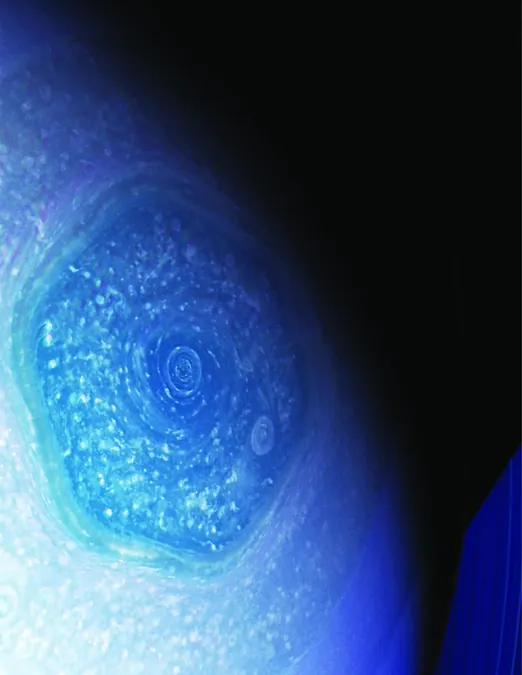
Uncovering Saturn's Secrets: How the Polar Jet Stream Could Solve the Mystery of Its Rotational Period!
2024-10-09
Author: Jia
For decades, scientists have been mesmerized by a stunning, hexagon-shaped atmospheric phenomenon observed on Saturn, first brought to light by NASA's Voyager 1 and Voyager 2 spacecraft in the 1980s. This enigmatic structure, along with a powerful eastward jet stream that winds through it at a staggering speed of 120 meters per second, has continued to puzzle researchers, especially following the detailed observations made during NASA's Cassini mission.
In groundbreaking new research published in the journal Geophysical Research Letters, scientists have made new strides in understanding this mysterious hexagon. By analyzing 5.5 years worth of data from Cassini and various ground-based imaging techniques, researchers have provided an estimate of Saturn's rotational period measured in Earth hours. Remarkably, they discovered that the hexagon's rotation remained stable even amidst significant variances in Saturn's atmospheric conditions.
This finding carries profound implications: it suggests that the hexagon is not just a fleeting atmospheric feature but is intrinsically linked to the dynamics of Saturn's deeper atmosphere. The researchers propose that the hexagon's rotational rhythm mirrors that of Saturn's internal core, leading them to estimate that a day on Saturn lasts approximately 10 hours, 39 minutes, and 23.01 seconds, give or take a fraction of a second.
This research represents a significant leap forward in our understanding of gas giants and their atmospheres. As we continue to explore Saturn through advanced technologies and missions, the potential to unlock more of its secrets grows ever clearer. What other mysteries might the cosmos reveal as we scour through the celestial wonders like Saturn? Stay tuned for more thrilling discoveries!




 Brasil (PT)
Brasil (PT)
 Canada (EN)
Canada (EN)
 Chile (ES)
Chile (ES)
 España (ES)
España (ES)
 France (FR)
France (FR)
 Hong Kong (EN)
Hong Kong (EN)
 Italia (IT)
Italia (IT)
 日本 (JA)
日本 (JA)
 Magyarország (HU)
Magyarország (HU)
 Norge (NO)
Norge (NO)
 Polska (PL)
Polska (PL)
 Schweiz (DE)
Schweiz (DE)
 Singapore (EN)
Singapore (EN)
 Sverige (SV)
Sverige (SV)
 Suomi (FI)
Suomi (FI)
 Türkiye (TR)
Türkiye (TR)